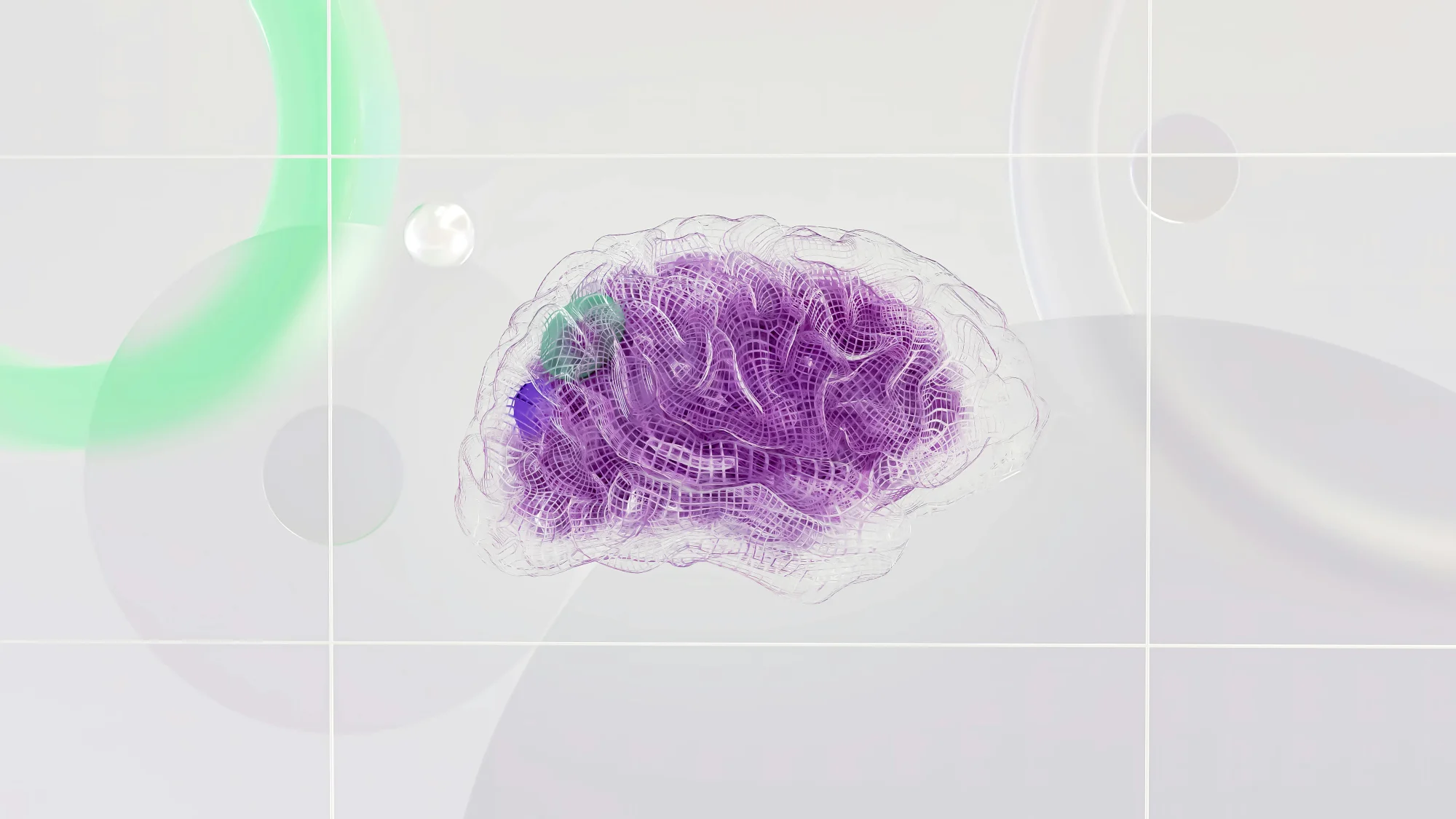Mastering Mandarin or any complex subject requires more than just traditional learning techniques. The key to successful learning lies not just in the amount of time spent studying, but in how that time is utilized. Enter the Spaced Learning Method, a unique, science-backed approach that revolutionizes learning and memory retention.
The Spaced Learning Method is a learning technique that involves breaking up a long course into several sessions or modules of shorter durations, with breaks in between. This approach empowers learners to retain the information taught in the course more effectively than cramming or marathon study sessions. Based on the principles of cognitive science, this method leverages the brain's natural processes to enhance learning and improve long-term memory retention.
In this article, we will delve into the concept of spaced learning, its benefits, and how it can be practically applied in your learning journey. We will also introduce Traverse, a learning app that utilizes the spaced learning method to supercharge your learning experience. Whether you're trying to learn Mandarin, master a new skill, or just want to improve your memory retention, understanding and applying the spaced learning method can be a game-changer in your learning journey.
Understanding the Concept of Spaced Learning
The art of learning involves more than just cramming a night before an exam or a presentation. It's a delicate dance of memory and repetition, where the rhythm is as crucial as the steps. Enter the concept of spaced learning, a scientifically-backed learning strategy that's proven to boost memory retention and overall learning efficacy.
The Science Behind Spaced Learning
Spaced learning is not a novelty; it's a method rooted in cognitive science, and it's all about timing. But what does it mean exactly? Spaced learning is a learning strategy where the learning content is broken down into several sessions or modules of shorter durations, with intervals in between. This methodology is based on the Ebbinghaus Forgetting Curve, which postulates that humans tend to forget information over time unless it's reviewed periodically.
This process of learning, forgetting, and then relearning, helps reinforce the memory trace, making the retrieved information stick longer in long-term memory. It's like carving a path in a forest—the more you walk down the same path, the more ingrained and visible it becomes.
The Forgetting Curve and Spaced Learning
The forgetting curve is a crucial aspect of understanding spaced learning. The German psychologist Ebbinghaus first introduced this concept in 1885, showing that without any effort to retain it, information is lost over time at a predictably steep rate. The initial decline of this curve is steep, but with the right strategy, it can be flattened.
Spaced learning is that strategy. By reintroducing the learning material at growing intervals, it challenges the forgetting curve, making the memory decay much slower. Moreover, the practice of spaced learning also contributes to "making meaning," a deeper understanding of the material, which aids memory retention and learning efficacy.
So, if you're learning Mandarin and grappling with the complexity of Chinese characters, implementing spaced learning can be a game-changer. By revisiting challenging characters at increasing intervals, you can ensure they are firmly ingrained in your long-term memory, improving both your language proficiency and your overall learning experience.
In essence, understanding and applying the concept of spaced learning can be your secret weapon in turning the tables on the forgetting curve, supercharging your learning journey, and unlocking the full power of your knowledge.

The Benefits of Spaced Learning Over Cramming
Unleashing the full power of your knowledge requires more than just hard work; it demands smart work. And one of the smartest strategies you can adopt in your learning journey is spaced learning. This method, underpinned by cognitive science, can drastically improve your long-term retention of information, especially when compared to the traditional, yet ineffective, cramming strategy.
Why Cramming is Ineffective
Most of us are guilty of having crammed for an exam at some point. We've spent long, gruelling hours trying to jam a semester's worth of information into our brains, only to forget almost all of it shortly after the test. But why is cramming so ineffective?
The science is clear: cramming doesn't work because it fails to take into account the forgetting curve, a concept discovered over a hundred years ago by Hermann Ebbinghaus. The forgetting curve illustrates that our ability to recall newly learned information decreases exponentially over time. Cramming, which involves massed practice or studying large amounts of material in a single session, leads to short-term gains but falls short in terms of long-term memory.
How Spaced Learning Enhances Long-Term Memory
Contrary to cramming, spaced learning is a learning technique that intentionally spaces out study sessions over time. This method aligns with our natural memory patterns and effectively flattens the forgetting curve. Every time we recall information, we reinforce it in our memory, and the forgetting curve starts to level off. Over time, the intervals between review sessions increase, making the information stick in our long-term memory.
A meta-analysis of 29 studies found that spaced practice is 74% more effective compared to massed practice (cramming). Moreover, the spaced repetition method has been shown to enhance long-term retention by around 200%. This is why learning Mandarin or any other subject becomes more efficient and effective when the spaced learning technique is employed.
In addition to improving long-term memory, spaced learning also reduces mental exhaustion. By breaking down information into manageable chunks and allowing time for rest and processing between sessions, learners are more engaged and less fatigued, leading to more effective learning.
In conclusion, while cramming may seem like a quick fix, it's a short-term solution that doesn't lead to long-lasting knowledge retention or understanding. On the other hand, spaced learning is a scientifically-backed method that significantly improves long-term memory and understanding, making it an ideal strategy for lifelong learners.

Practical Application of Spaced Learning Method
Diving headfirst into the world of learning can be overwhelming, especially when you're tackling a complex topic like Mandarin. The good news? The spaced learning method, backed by cognitive research, provides a roadmap to make your journey smoother and more effective.
Planning a Spaced Repetition Schedule
The first step in mastering the spaced learning method is establishing a spaced repetition schedule. Start by examining the syllabus or the range of materials you need to learn, and then distribute your learning sessions over a significant period. The idea here isn't to cover everything in a single session but to break the material down into manageable chunks. Each learning session should be divided across days or even weeks, not hours. Remember to revisit older materials periodically to keep your memories fresh and in focus.
Incorporating Old Material with New Information
Balancing between new and old materials is a crucial aspect of the spaced learning method. While it's important to keep progressing and learning new concepts, revisiting and practicing old content is equally significant. This dual focus helps in reducing forgetting and keeps your memory sharp. A balanced approach would be to allocate specific time to new versus old materials—for instance, 75% of your time for new materials and 25% for revising older content.
Creating Summaries and Checklists for Effective Review
Summarizing and creating checklists are powerful tools that can enhance the effectiveness of your spaced learning sessions. By summarizing, you're actively engaging with the information and reinforcing it in your mind. Checklists, on the other hand, provide a tangible way to track your progress and ensure you're covering all the necessary material.
Here's a pro tip: As you move along your learning journey, consider creating flashcards for key concepts or difficult-to-remember facts. This simple tool can make your review sessions more productive and fun.
The practical application of the spaced learning method is all about strategy and structure. With a well-planned schedule, a balanced focus on old and new materials, and effective review tools like summaries and checklists, you can supercharge your learning and unlock the power of knowledge. On to the next step: embracing spaced learning in the digital age!

Spaced Learning in the Digital Age
In the digital age where information is at our fingertips, the challenge is no longer about access to knowledge, but about retaining and applying that knowledge effectively. This is where the spaced learning method comes into play, especially in the realm of corporate training.
The Role of Spaced Learning in Corporate Training
Corporate training is undergoing a revolution. Traditional one-off classroom training sessions are being replaced by more dynamic, engaging, and effective learning strategies. Among these, spaced learning has emerged as a highly effective method to enhance knowledge retention. It breaks down long training programs into shorter sessions or modules, separated by intervals. This approach allows learners to absorb and recall information more efficiently, overcoming the effects of the forgetting curve.
Spaced learning is particularly beneficial for diverse and rapidly evolving fields like Mandarin learning, where continuous reinforcement of learned concepts is crucial. It helps to connect the learnt concepts to real-world scenarios, thus boosting their practical application. Furthermore, the spaced learning method reduces mental exhaustion, keeping learners engaged and motivated.
The Three Phases of Spaced Learning: Present, Recall, and Understand
Spaced learning typically involves three phases: present, recall, and understand. The first phase involves presenting the learning material, either through a lecture or a video. The second phase, recall, involves quizzes or assignments that help learners refresh their memory of the material. The third phase, understand, involves applying the learned knowledge to a problem or task.
These phases are separated by breaks or distraction material unrelated to the learning outcome. This allows the learners to embed the knowledge in their memory, making it easier to recall in the future. This sequence is then repeated several times, gradually increasing the time span between each session.
This structured approach to learning, combined with the flexibility of digital platforms, makes spaced learning an effective and efficient method for corporate training. Whether you're a Mandarin learner trying to master Chinese characters or a professional seeking to upskill, the spaced learning method can supercharge your learning journey. It's time to unlock the power of knowledge with the spaced learning method in this digital age!
Traverse: A Learning App Leveraging the Spaced Learning Method
To truly harness the power of the spaced learning method, one needs to have the right tools at their disposal. Enter Traverse, an innovative learning app that seamlessly integrates the principles of spaced learning to optimize your learning experience.
How Traverse Combines Mind Mapping, Spaced Repetition Flashcards, and Connected Note-Taking
Traverse offers a unique blend of learning tools to supercharge your journey. It integrates mind mapping, spaced repetition flashcards, and connected note-taking all in one app, creating a comprehensive learning tool that aligns with the principles of the spaced learning method.
Mind mapping helps learners visualize the connection between different concepts, making it easier to understand and recall complex information. The spaced repetition flashcards provide a systematic and efficient way to review and reinforce knowledge over time, countering the detrimental effects of the forgetting curve. Connected note-taking allows learners to link related ideas and notes, creating a network of information that fosters deeper understanding and better recall.
The Benefits of Using Traverse for Mandarin Learners
For Mandarin learners, Traverse is a game-changer. It caters to the unique challenges of learning a complex language like Mandarin, including mastering thousands of Chinese characters. The app's spaced repetition flashcards are particularly useful for this purpose, allowing learners to review and reinforce character recognition at optimal intervals for long-term retention.
Moreover, with Traverse's mind mapping feature, learners can visualize the relationship between different characters, phrases, and grammar rules. This can be immensely helpful in understanding the structure of the language and in enhancing recall. Connected note-taking allows learners to consolidate their learnings, creating a personalized and comprehensive Mandarin language learning resource at their fingertips.
Importing Anki Decks for Continued Learning with Traverse
Additionally, Traverse offers a unique feature that sets it apart from other learning apps - the ability to import Anki decks. Anki is a popular flashcard tool that many learners use for memorization. If you have been using Anki for Mandarin learning, you can import your Anki decks into Traverse and continue your learning journey without missing a beat. This transition allows you to leverage the advanced features of Traverse, including mind mapping and connected note-taking, while maintaining the progress you've made with your Anki decks.
In conclusion, Traverse and the spaced learning method are indeed a match made in learning heaven. By leveraging the power of this science-backed technique and the advanced features of Traverse, you can supercharge your Mandarin learning journey and truly unlock your potential to master the language.
Conclusion: Supercharge Your Learning with the Spaced Learning Method
As the age-old saying goes, "knowledge is power." But in today's fast-paced world, the true power lies not just in acquiring knowledge, but in retaining and applying it effectively. This is where the spaced learning method comes into play. A scientifically proven technique, it is designed to overcome the forgetting curve, reduce mental exhaustion, and provide a real-world connection to your learning.
Traverse, an advanced learning app, has incorporated this powerful method into its platform. It offers a unique blend of mind mapping, spaced repetition flashcards, and connected note-taking, creating an effective learning ecosystem for you. It's not just about rote memorization - it's about understanding, connecting, and recalling the information when it counts.
When it comes to learning Mandarin, the complexity of characters and tones can make it a daunting task. However, with Traverse's interactive and engaging approach, you can now turn this challenge into an enjoyable journey. The spaced learning method helps in retaining the complex characters and tones, making Mandarin learning more effective.
With the ability to import your Anki decks, you can continue your learning on a platform that offers more features and a more engaging learning experience. So, why stick to the old cramming technique when you can enhance your learning and memory retention with spaced learning and Traverse?
In the end, it's not about how much you learn, but how well you retain and use that knowledge. With the spaced learning method and Traverse, you're not just learning Mandarin - you're mastering it.

